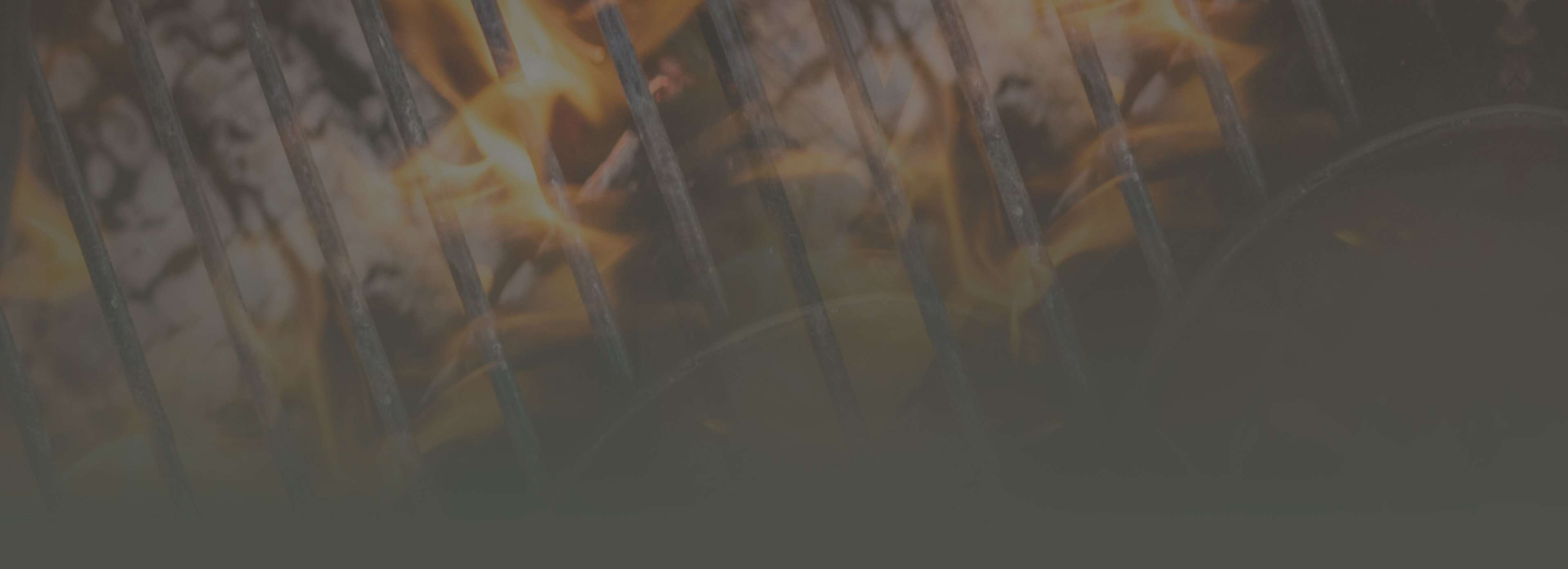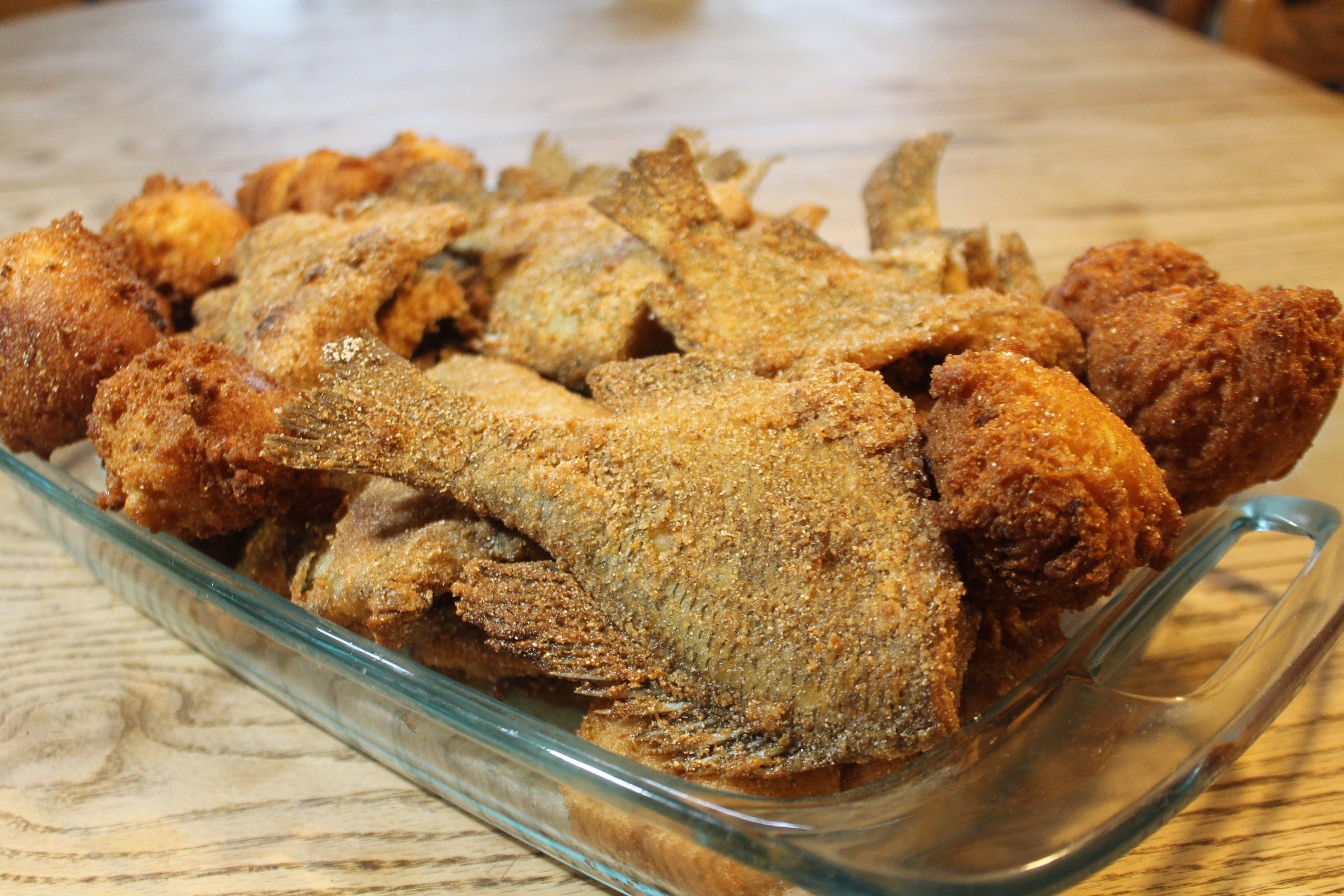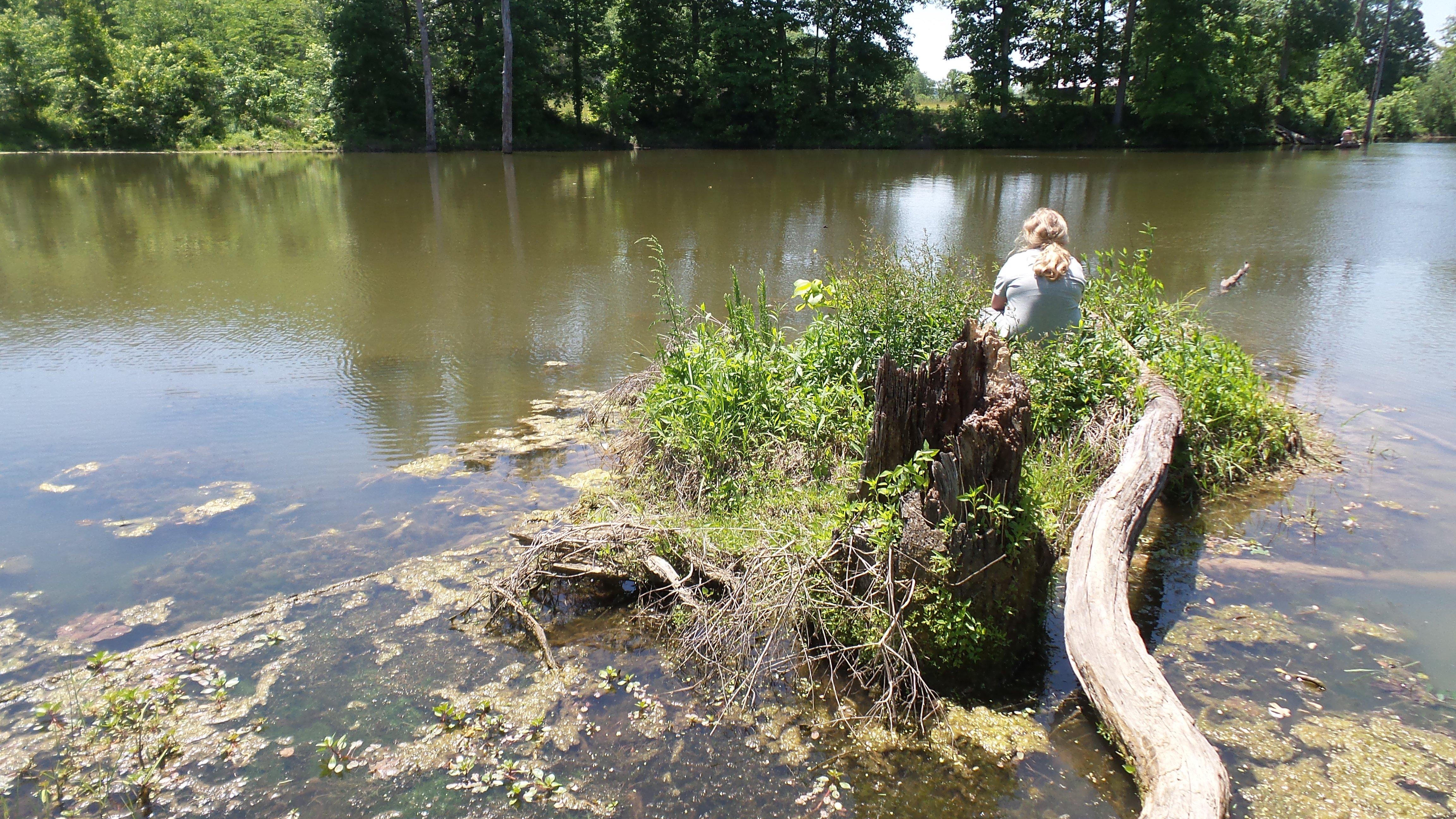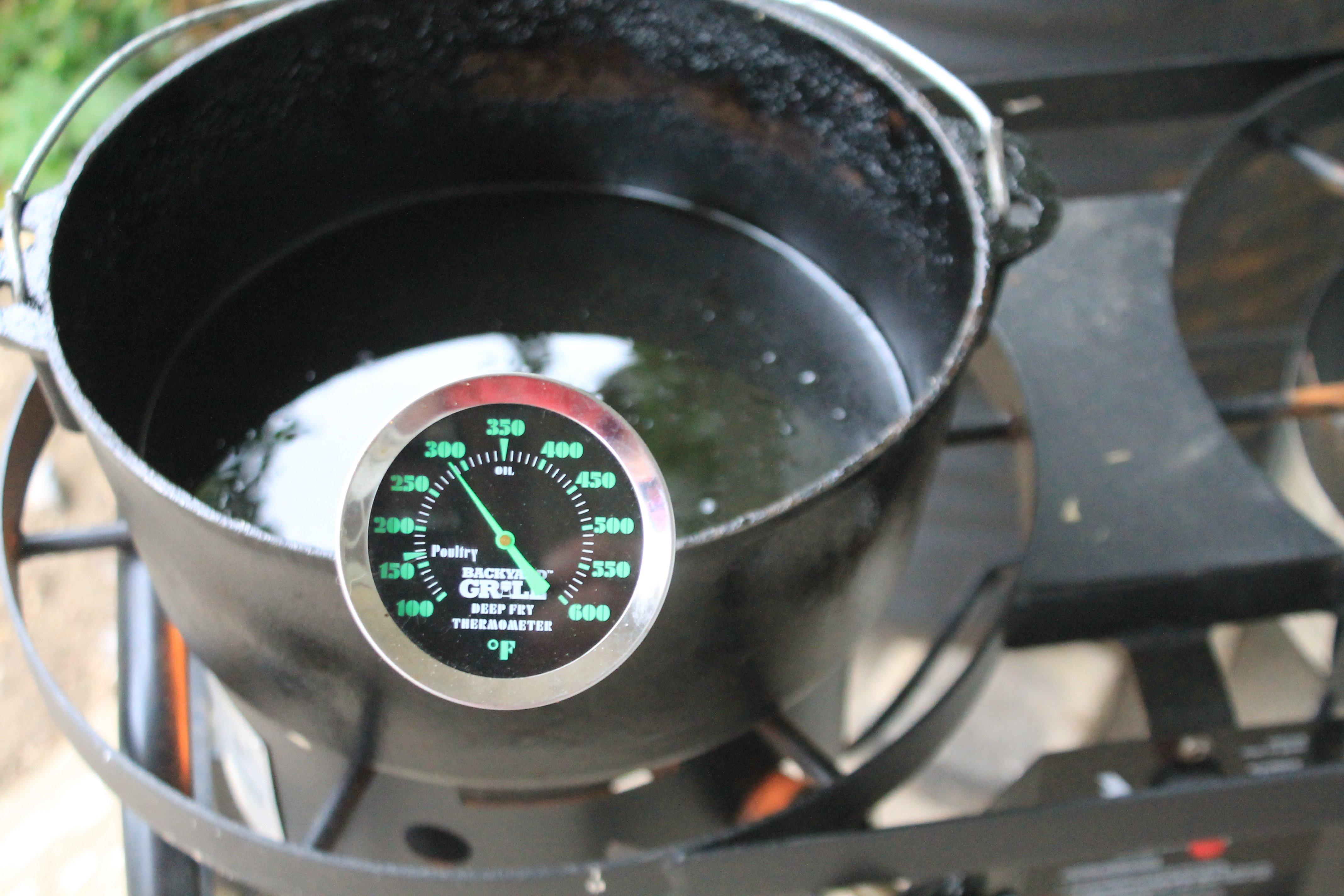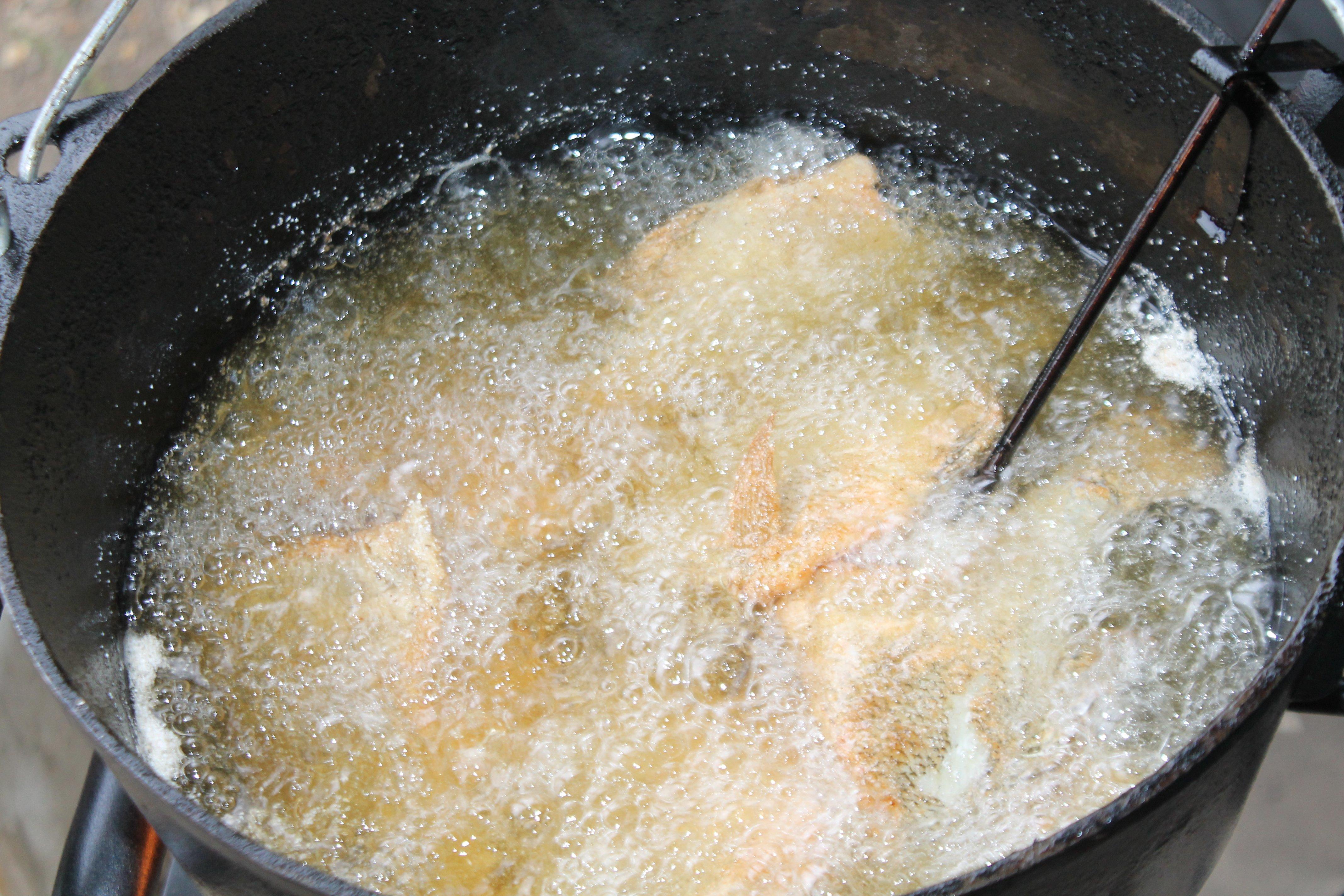Old Fashioned Fried Bluegill
Old Fashioned Fried Bluegill
30 Min
Prep Time
30 Min
Cook Time
5-10
Servings
Medium
Difficulty
I call this recipe Old Fashioned not because the cooking method is old, but rather because the feelings it invokes are old to me. These days, a livewell full of big, fileting sized bluegill or crappie makes me happy when I am fishing. There was a time though when the size of the fish didn't matter -- back years ago when my brother and I were a couple of barefoot kids with free range of the farm, back when our summers revolved around a tiny farm pond down the road from the house. The bluegills there weren't large, but they were cooperative, and we almost never left without at least a few on the stringer.
Since we caught the fish, we were expected to skin them. And our skinning skills were pretty limited back then. Mostly, the fish ended up minus their heads and scales. The fins and tails stayed on. Mom would dust the gills in cornmeal and fry them whole. We learned to watch for bones as we picked the succulent meat off the fish. The crunchy tails were always our favorite part, reminding us somehow of potato chips, only better.
I like to fry my fish outdoors when possible; it keeps down the heat, mess and odor in the kitchen. Just feels right, too. A cast iron Lodge Dutch Oven on a propane burner or turkey fryer is just the ticket. Fry in a mix of vegetable shortening and a high smoke point oil like peanut or safflower.
Ingredients
3 to 4 bluegill per person are usually sufficient, but some of us require a few more
1 part all purpose flour to 3 parts corn meal. Two cups of total meal is normally enough to fry 15 to 20 gills
Salt, pepper and Cajun seasoning to taste added to the fish meal, generally 1 tablespoon of each in two cups of meal
Cooking Instructions
Preheat an inch or two of oil in your dutch oven to a temperature of 325-350 degrees.
Toss the fish into the meal mixture to coat then drip into the hot oil. Generally speaking, small panfish will finish in about 5 minutes. If your fish are a bit on the large side, make a few parallel slits in the skin before breading. The extra openings allow the hot grease to penetrate a bit deeper and allow the larger fish to cook through without overdoing the crust. Since this method requires minimal prep, it's a great way to prepare fish stream or lakeside as well.

